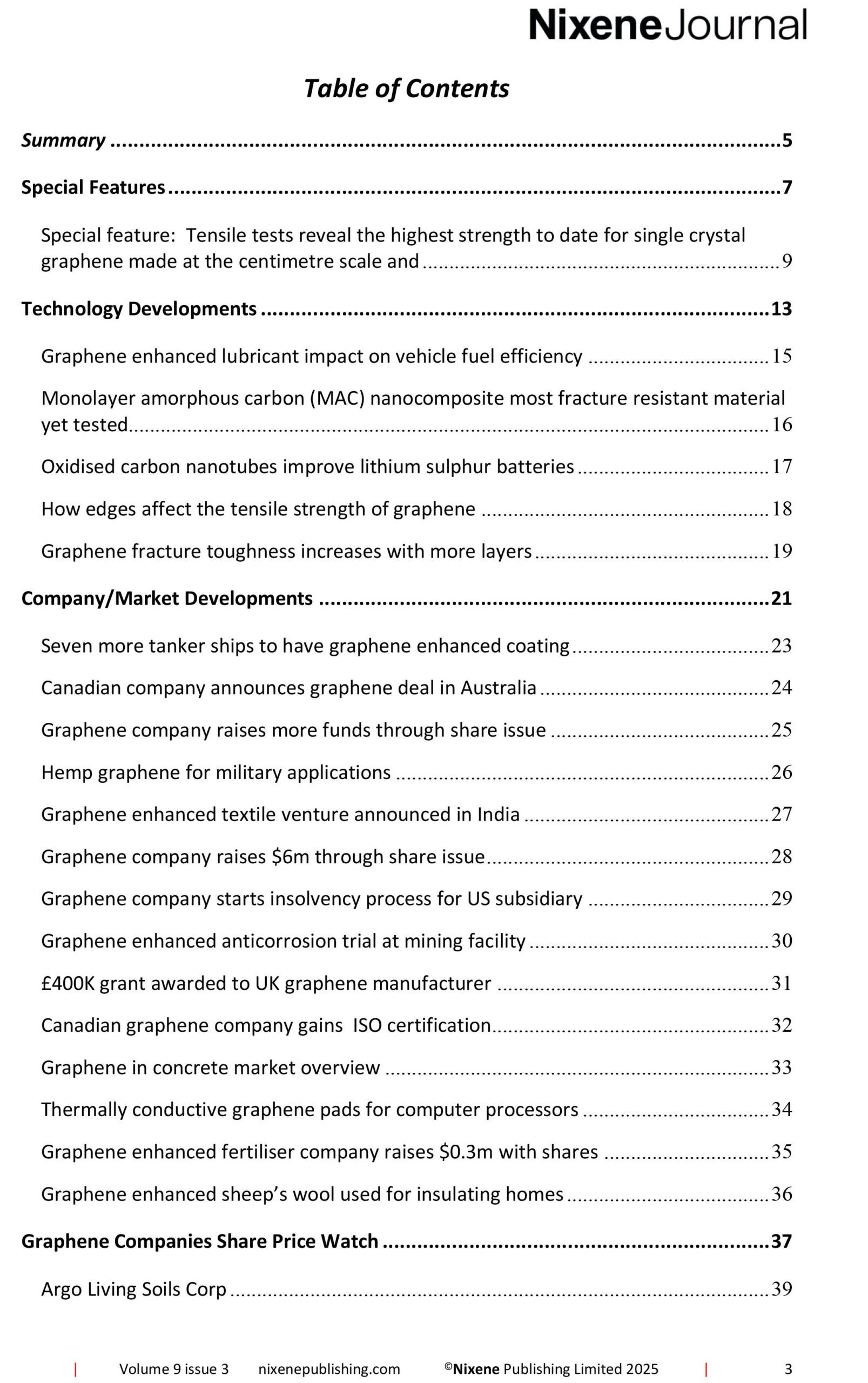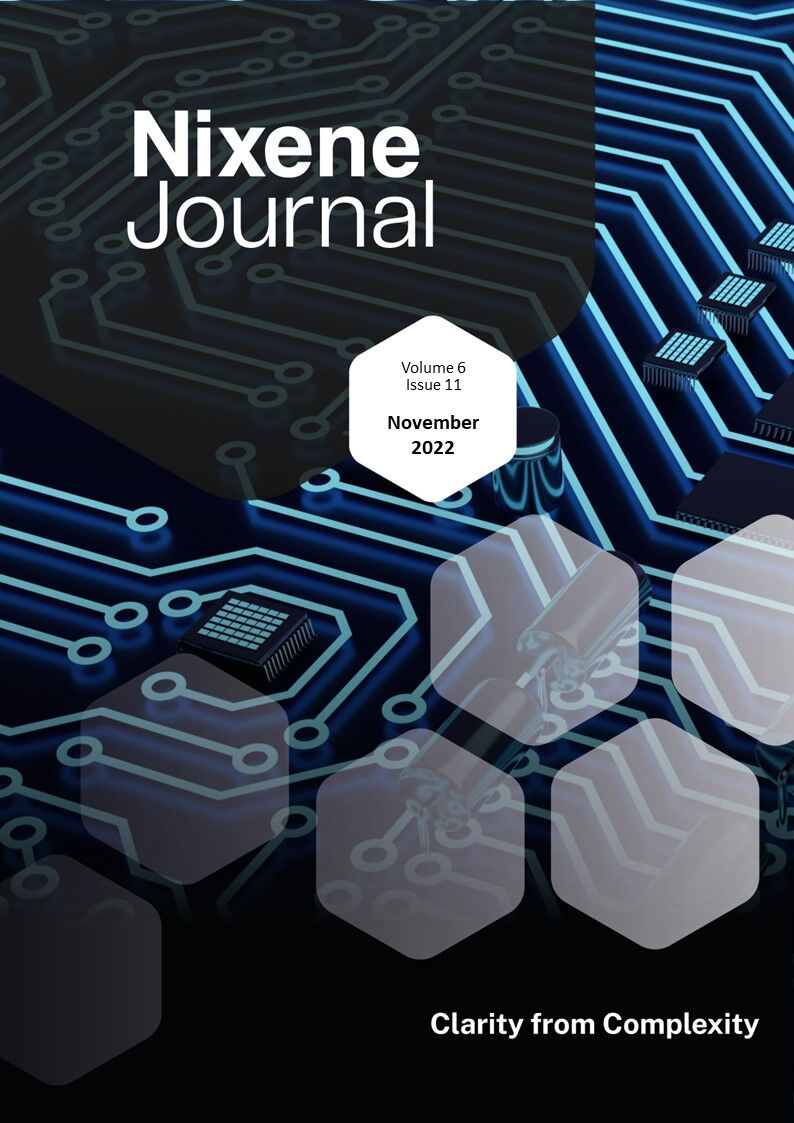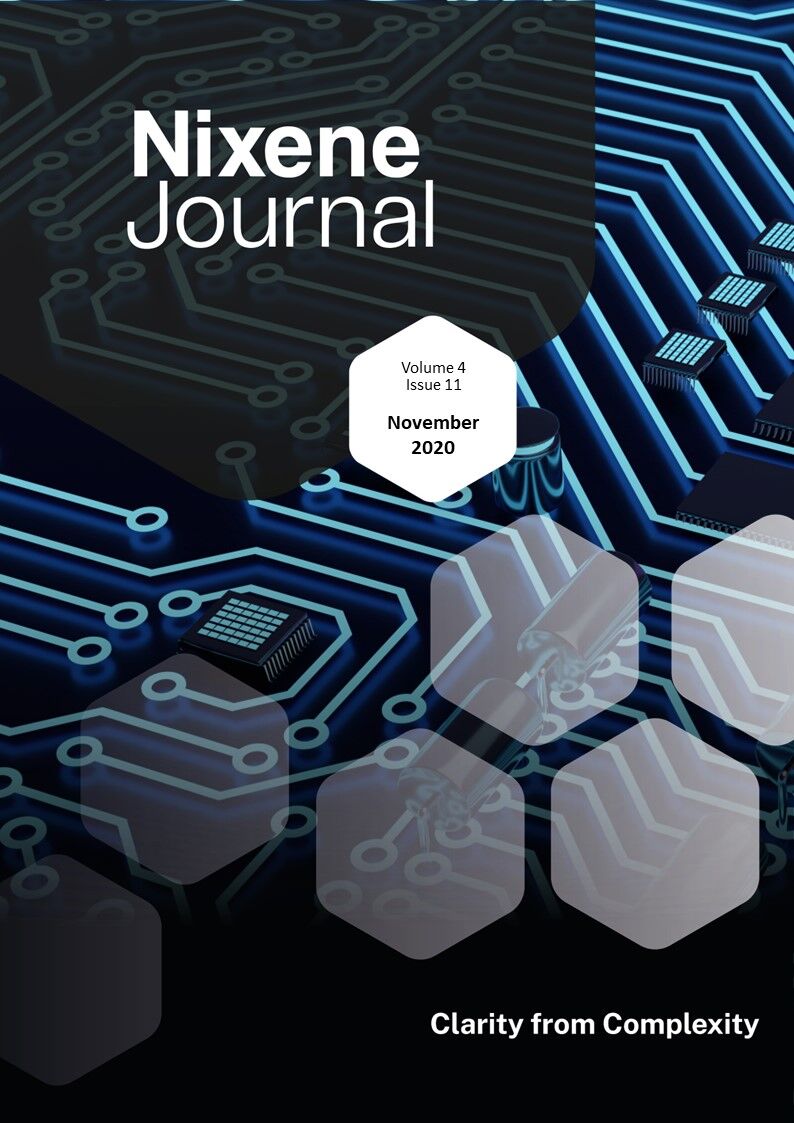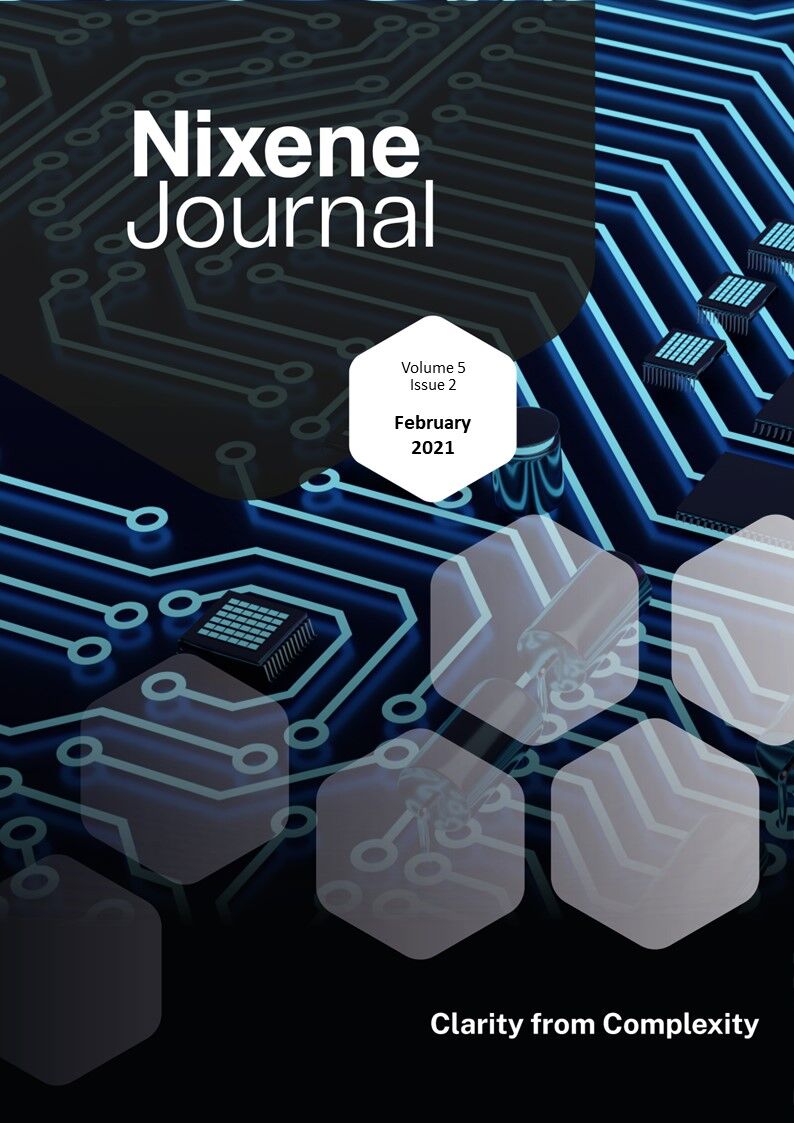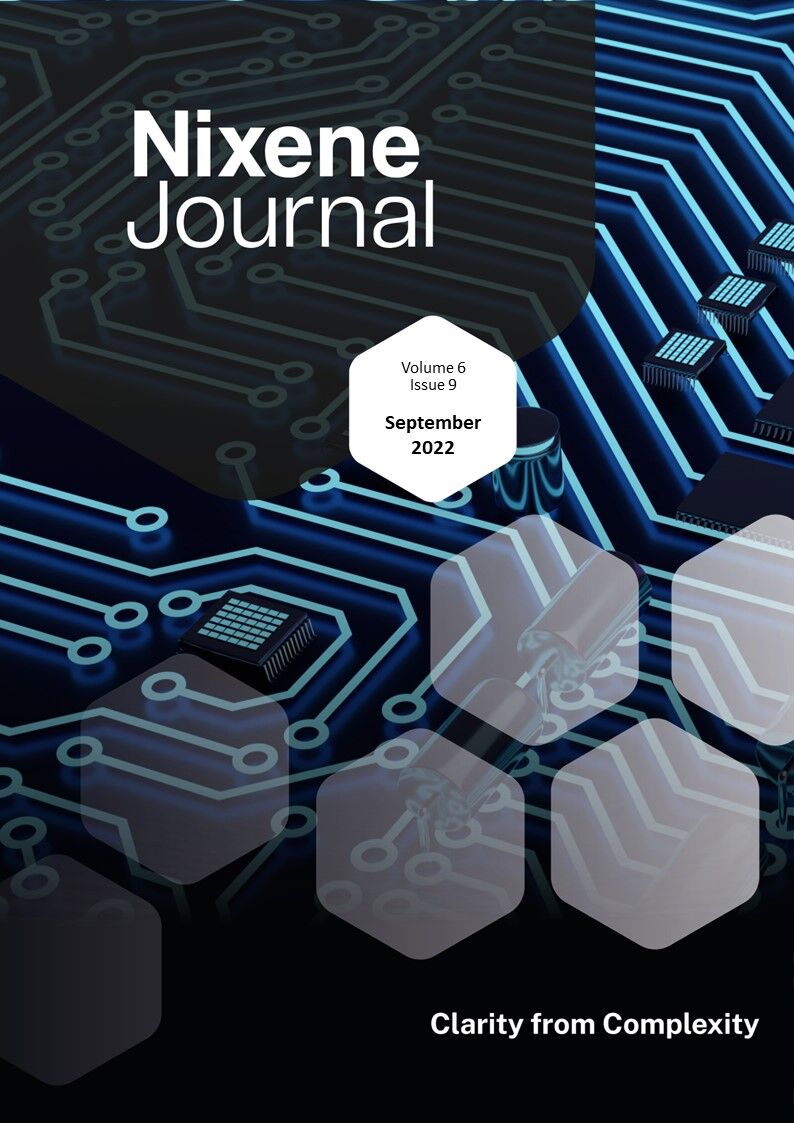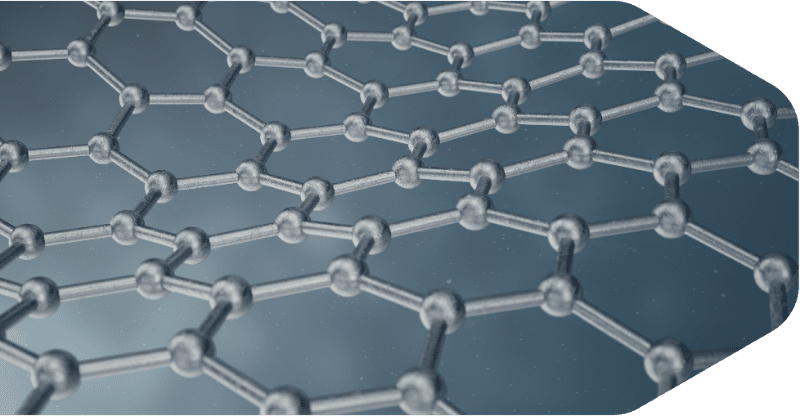Description
Fracturing in 2D materials seems to be a theme in this issue of the journal.
In South Korea, world class research is being done by Center for Multidimensional Carbon Materials (CMCM), Institute for Basic Science (IBS), Ulsan, led by Professor Rodney Ruoff. They have made single crystal graphene and developed a technique to transfer centimetre scale samples for tensile testing. The found that the single crystal graphene had a tensile strength of 27 GPa. This is not quite the theoretical maximum 130 GPa because the edges of the sample contained defects that lowered the strength. However, this is the strongest material yet tested at the centimetre scale.
What is more, the team discovered they could prepare samples of graphene with the three different types of edges. Zigzag, Armchair and Chiral. They did this by watching carefully how the graphene crystal grew in relation to the microscopic rolling marks made on the copper foil used in the chemical vapour deposition process. This work paves the way for even stronger samples to be made and tested.
We were so impressed; this work is examined in more detail in our special feature this month.
In the USA two different teams have made more progress. One team has discovered that multilayer graphene is more fracture resistant than monolayer. The more layers, the more resilient the material. Another team has been exploring the properties of a new form of carbon called monolayer amorphous carbon (MAC). They found it is the most fracture resistant material ever tested.
In the UK, Vector Homes has been developing a new form of insulation for buildings based on sheep wool. They have used graphene to enhance its fire retardancy and also discovered that graphene prevents moths from eating the wool.
On the high seas, Canadian company GIT, is having more success with its graphene enhanced coating for ships hulls and propellers. One shipping line in the USA trialled the product on one of its ships and the results exceeded expectations by so much that they have immediately commissioned the coating to be applied to seven of its bulk shipping tankers.
Graphene continues to impress. Find out more by reading yet another packed issue.
Adrian Nixon
1st March 2025


